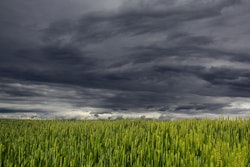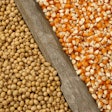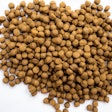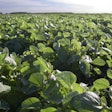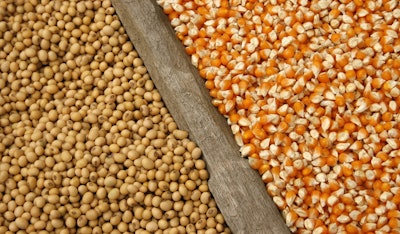
A potential dramatic cut to farmed acreage in the United States took economists by surprise with the release of the U.S. Department of Agriculture's (USDA) Prospective Plantings report on March 28.
The report indicates U.S. farmers plan to plant 3% more soybeans and 5% less corn this coming spring — a shift that most agricultural economists expected. But the report also suggests that, across all major crops, farmers plan to plant 6.3 million fewer acres this year.
“That is a highly unusual and rare event to lose that many acres without a major weather event,” Arlan Suderman, chief commodities economist at financial services firm StoneX, told members of the U.S. Soybean Export Council. “It's very rare to have that big of a one-year change in acreage.”
But the numbers released by USDA may not be what ultimately goes into the ground this spring, Suderman said. He said it was likely that U.S. farmers may choose to dedicate more acreage to soybeans and other crops come June, depending on how global market conditions evolve in the coming weeks.
Forecasts suggest that the El Niño current in the Atlantic ocean, which is associated with warmer ocean temperatures and wetter weather conditions in North and South America, is breaking down and being replaced with La Niña, a cooler current that is associated with dry spells and drought. It's not yet clear, Suderman said, when the transition will end.
If La Niña begins in July, as some weather forecasts predict, it could have a substantial impact on crop yields and, given the projected acreage, lead to commodity shortages by the end of the year, he said.
But if El Niño persists through the end of the growing season, Suderman said the acreage projections suggest the U.S. could have a surplus of commodity crops on its hands.
Ongoing geopolitical instability has further complicated matters, he said, and the onset of further conflict on the Black, Red or South China seas could disrupt global supply chains. The recent collapse of the Francis Scott Key Bridge in Baltimore, which has led to the closure of the Port of Baltimore, could also influence the planting decisions of farmers in the northeastern U.S., Suderman said. He estimated that the port typically receives some 350,000 tons of fertilizer each year and that a lack of fertilizer in the region could shift some acreage from corn to soybeans.
And Suderman said he believes the U.S. could see a resurgence of inflation this summer if the Federal Reserve sticks to its plans to cut interest rates.


